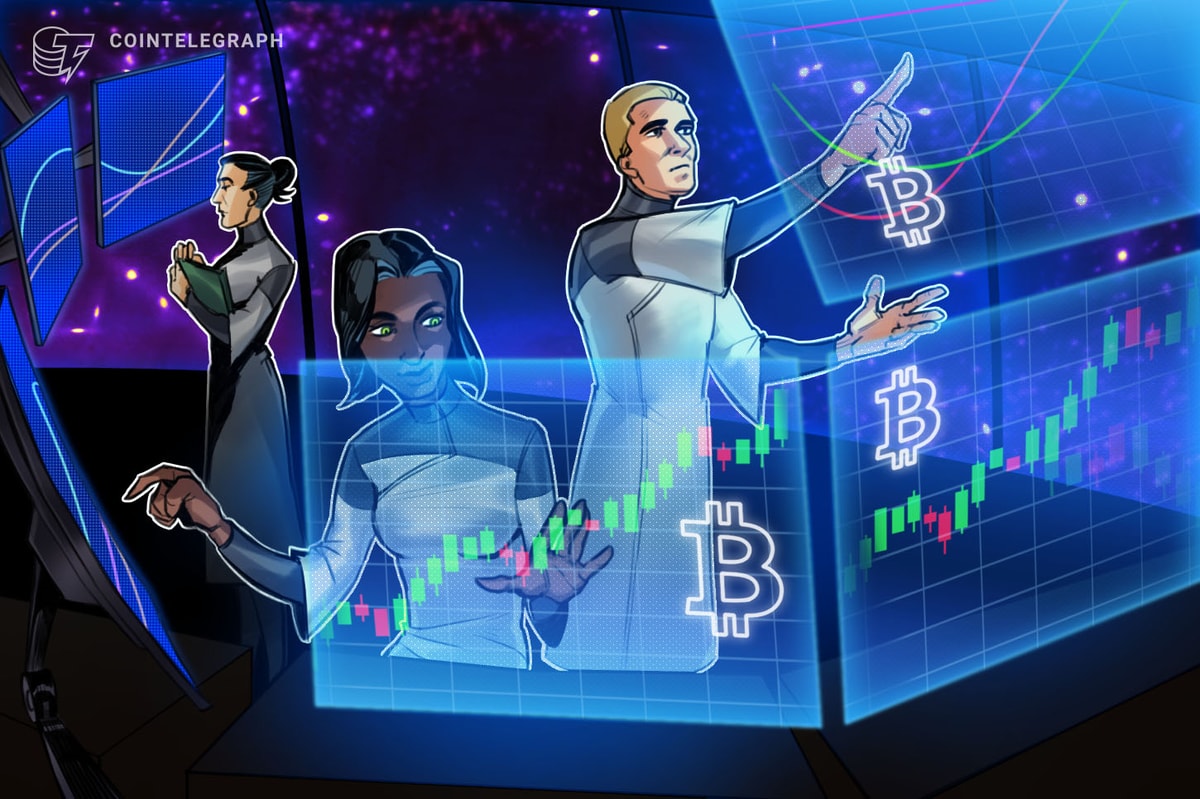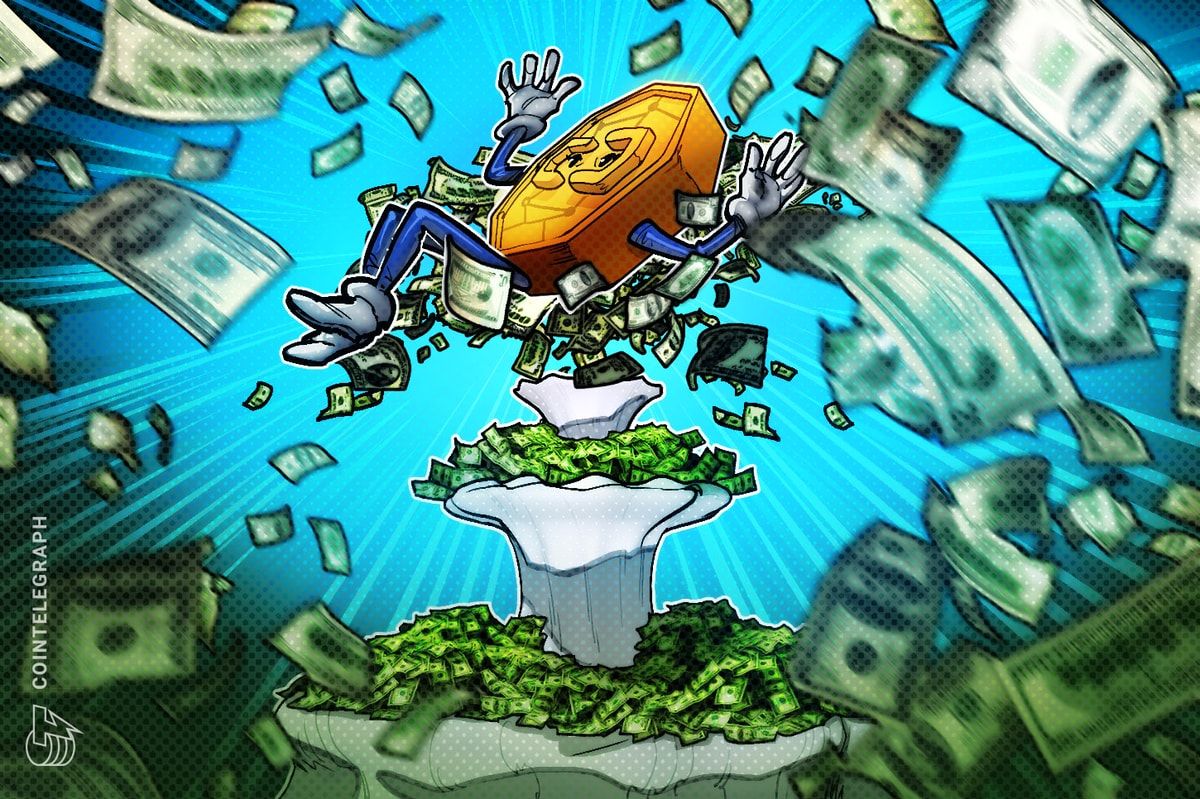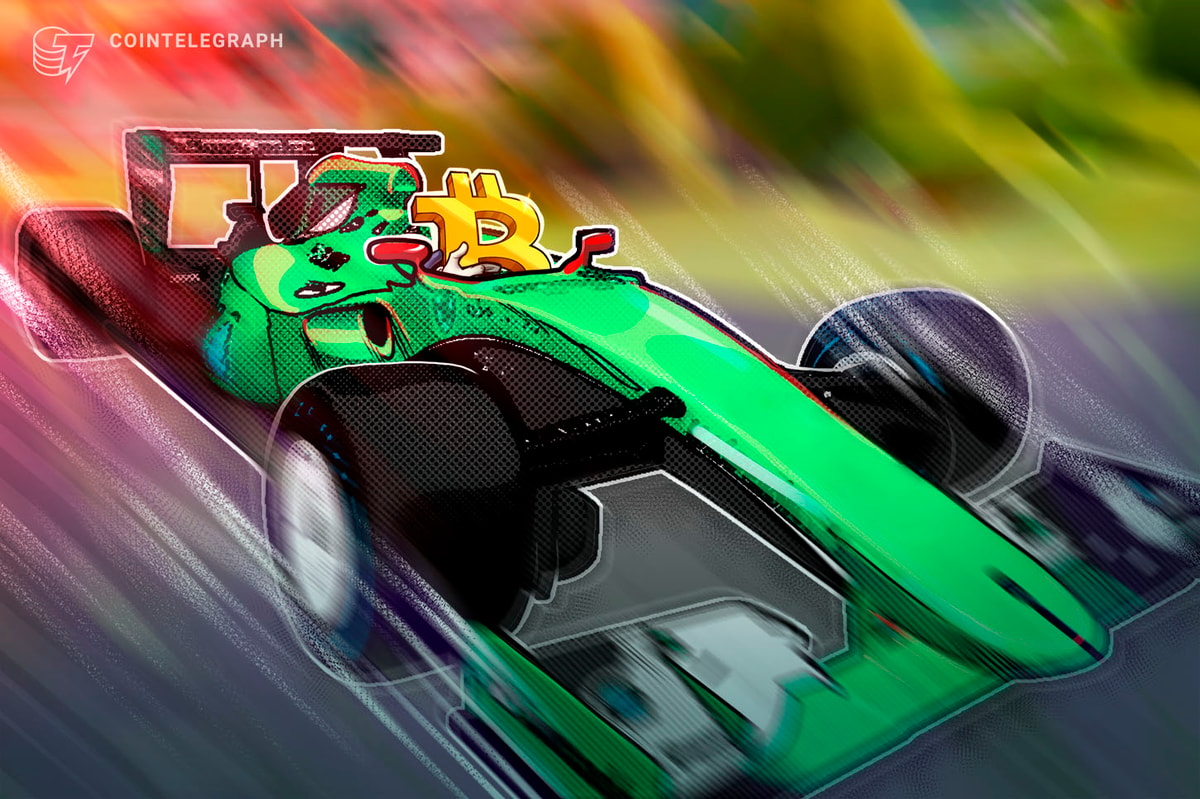Mexican businessman Hugo Salinas-Price founded Mexico’s Elektra retail chain, which has more than a billion in revenue annually. Obviously, Elektra, whose current head is Hugo’s son Ricardo Salinas Pliego, is one of the largest retailers in Mexico.
Also read: Why JP Morgan’s CEO Sees Bitcoin as Unimportant
Salinas-Price is the President of the Asociación Cívica Mexicana Pro-Plata A.C., founded in 1997. He is a big proponent of precious metals; in particular he advocates for the remonetization of silver in Mexico. Salinas Price recently wrote a piece on his thoughts regarding Bitcoin.
In his piece, Salinas Price writes:
A “Bitcoin” is a molecular magnetic field on a computer memory. The “Bitcoin System” allows a person to purchase one or more Bitcoins for fiat money and to move the purchased Bitcoins around the world, from one computer to another, free of interference by any governmental agency and independent of all banking systems.
So far, his definition of Bitcoin mirrors that of Bitcoiners themselves, who highlight all of the same things Salinas-Price does in the quote above. So far, it seems as though Salinas Price is a friend of Bitcoin.
Those who promote the Bitcoin System sing the Bitcoin’s praises as being a money that is free of any interference or influence by any government agency or monetary authority, and the owner’s Bitcoin property is known to no one but the owner. Secrecy and privacy are the Bitcoin’s great merits.
 But, as Salinas-Price goes on, one discovers he is not so sympathetic to what he calls “The Bitcoin.” He highlights the marketing pieces used by Bitcoiners since the crypto-currency’s incipience. The gold coin that has been used as a marketing tool to promote Bitcoin is a lie, according to Salinas Price.
But, as Salinas-Price goes on, one discovers he is not so sympathetic to what he calls “The Bitcoin.” He highlights the marketing pieces used by Bitcoiners since the crypto-currency’s incipience. The gold coin that has been used as a marketing tool to promote Bitcoin is a lie, according to Salinas Price.
To enhance the desirability of the Bitcoin, its promoters have engaged in fraudulent advertising. They present the totally imaginary Bitcoin on the Internet as a pile of shiny gold-colored coins labeled ‘Bitcoin.’ The deception is calculated to have prospective buyers of Bitcoins and actual “owners” of Bitcoin balances think of these brassy, gold-colored coins when dealing in Bitcoins, thus confusing them with images of non-existent coins. The promoters want the public to associate the imaginary digital Bitcons with something tangible. This is most certainly fraudulent advertising.
This is actually a good point. The gold bitcoin (pictured) has been a symbol of the “magic internet money” for some time now, and probably has confused more people than it has educated.
Salinas-Price does a good job of explaining the most basic aspects of Bitcoin in his first paragraph. However, a breakdown in understanding becomes clear when he tries to describe the mining process.
Additionally, Bitcoins are promoted as free of inflationary risk, for the fanciful reason that the Bitcoins are “mined” – evoking the strenuous labors of gold-miners in their dark caverns – by specialists who must rack their brains to “mine” Bitcoins and produce new, additional digital Bitcoins to contribute to the Bitcoin System as their property. The idea is to enhance the value of Bitcoins because they are very hard to “mine”. The fact is, that scarcity does not necessarily make a thing valuable. Nor does the work involved in “mining” them give them any value.
No specialists must rack their brains to “mine” bitcoins and thereby produce new bitcoins; rather, computer processes handle this. Bitcoin’s network growth has been dependent upon this processing and has resulted in Bitcoin becoming one of the biggest computing networks on the planet — larger than many government systems. That Bitcoin is also dependent upon decentralized mining operations only creates a certain antifragile aspect of Bitcoin. In 2013, the global Bitcoin network was already 256 times faster than the top 500 supercomputers combined.
Is Bitcoin new money?
The answer is “No”…The Bitcoin is merely a new-arrival on the scam scene, as an alternative to the established scam scene of exclusively digital fiat money in all the world’s banks.
Salinas-Price believes Bitcoiners will soon be fleeced.
You own Bitcoins? Have fun! You will be crying, at some point down the road, but you will be able to cry secretly and privately, with no one the wiser, when your dreams of secret wealth prove to be just that – dreams.
While Salinas Price goes into details about his opinion on Bitcoin, there are still many questions left unanswered. Many people believe that Bitcoin was created by the-powers-that-be in order to trick people into investing into Bitcoin only to ultimately control it themselves and thus Bitcoiners. Whether or not Salinas-Price believes this is the case is unclear.
To be sure, it appears Salinas-Price is warning most against those who are going “all-in” with Bitcoin. Going “all-in” on any solitary investment — even silver — is an ill-advised investment plan. Diversity is the safehaven of the sophisticated investor.
Bitcoin, furthermore, is merely one contrarian investment among others, which includes gold and silver. Precious metals investors and Bitcoiners have much in common, and each would do well to learn about the other’s investment. In other words, precious metals investors should buy some Bitcoin, and Bitcoiners should buy some precious metals.
Although they are both contrarian investments, they are fundamentally different. Bitcoin is still too new to be considered a savings instrument. It is primarily speculative or a medium of exchange. It is also not entirely accurate to call Bitcoin a tangible investment like gold and silver. In these ways, Bitcoin and precious metals are very different, despite being attractive to the same central banker-averse investor.
What do you think about Hugo Salinas-Price’s opinions? Let us know in the comments below!
Image Source: Elektra









